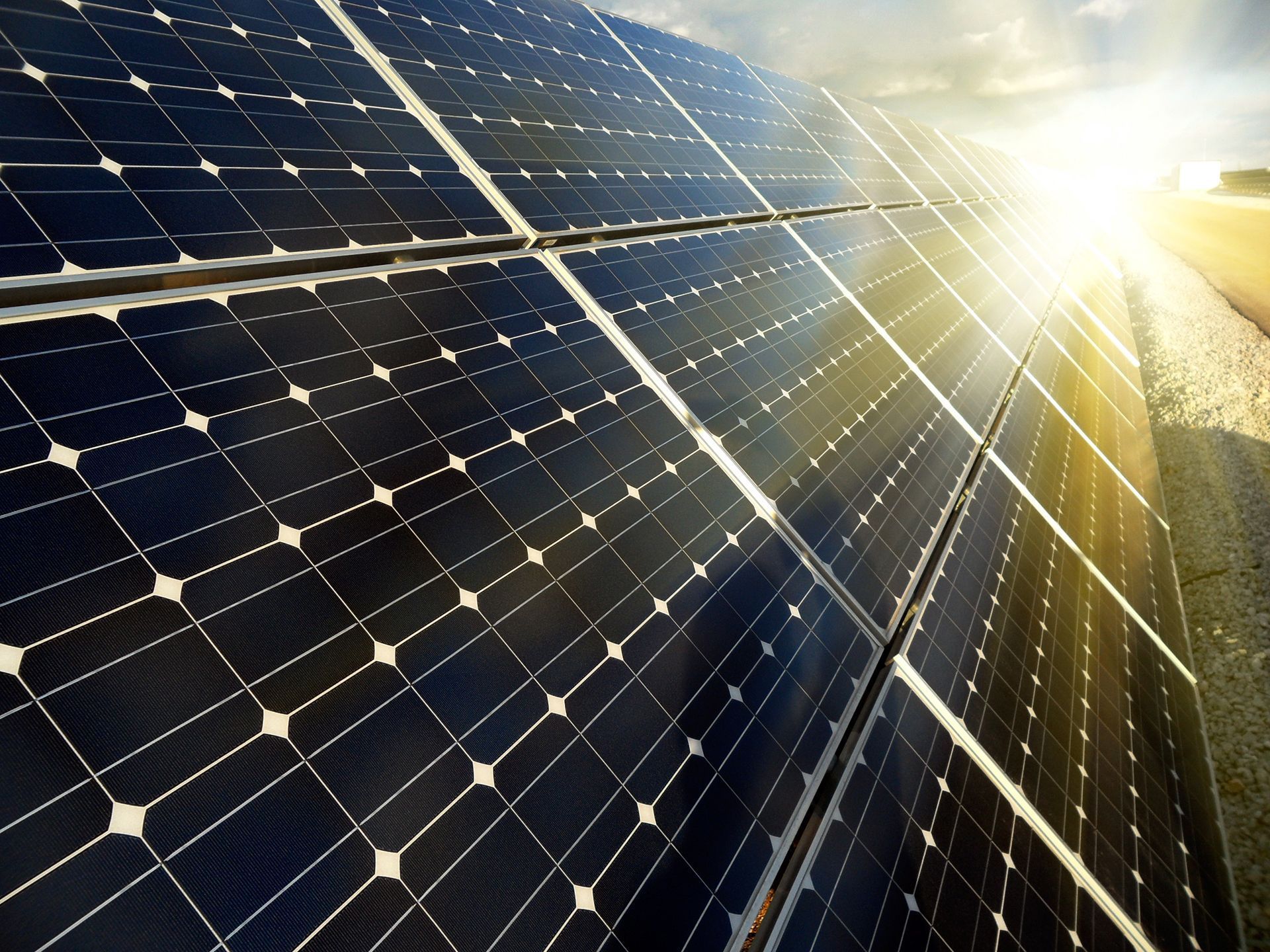California-based Ambient Photonics has been involved in developing solar cells for endless indoor use since 2019. Their focus is on perfecting the performance and affordability of this ever-evolving technology. The solar cells they are inventing they have the remarkable ability to work efficiently in low light and battery level.
The versatility of these solar cells is remarkable, as they can be “printed” in a wide variety of sizes and shapes. This flexibility makes them particularly attractive for integration into everyday devices. What’s even more intriguing is that this technology has the potential to dramatically reduce the dependence on batteries in these devices, which would reduce not only the size but also the weight of electronic devices.
Environmental photonics is aimed at overcoming the traditional barriers of solar cells and working towards more efficient and affordable solutions. These advances could have a significant impact on the design and functionality of everyday electronic devices Contributes to sustainability by reducing the need for conventional batteries.


Ambient will showcase its devices with the latest “bifacial cells” at the Consumer Electronics Show CES 2024 in Las Vegas, USA. These advanced cells have the unique ability to absorb light energy from both sides, providing greater efficiency in collecting solar energy. These technological advances were made possible thanks to financial support from Amazon’s Climate Pledge Fund, which is committed to supporting innovative initiatives with a focus on the environment. The presentation at CES highlights the relevance of this technology on the global stage and underlines Ambient’s commitment to sustainable solutions, supported by significant green investments.
The fascinating mystery behind solar energy in indoor environments
Using both natural lighting in the shade and artificially generated light, either through LED devices or halogen lamps, low light output solar cells have the ability to convert any light source into energy. In this way, the integrated cells can continuously charge the devices without the need for electrical power.
This is the way bifacial solar cells work
Made of optically transparent glass, the recent bifacial solar cells developed by Ambient They have the ability to capture light energy from both the back and front of the cell simultaneously. This innovation makes it possible to triple production compared to conventional silicon cells and increase efficiency by 50% compared to Ambiente’s single-sided cells.
A large decrease in emissions that are harmful to the environment
Capturing the energy from ambient light will be essential for electronics manufacturers to prevent “billions of batteries from being wasted in landfills and reduce carbon emissions,” Marshall said.
These solar cells designed for indoor use have already been integrated into products such as remote controls from Universal Electronics and a wireless keyboard from Chicony. Likewise, the collaboration with electronic paper manufacturer E-Ink allows its integration into electronic shelf labels.

